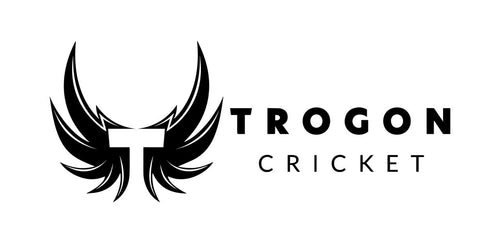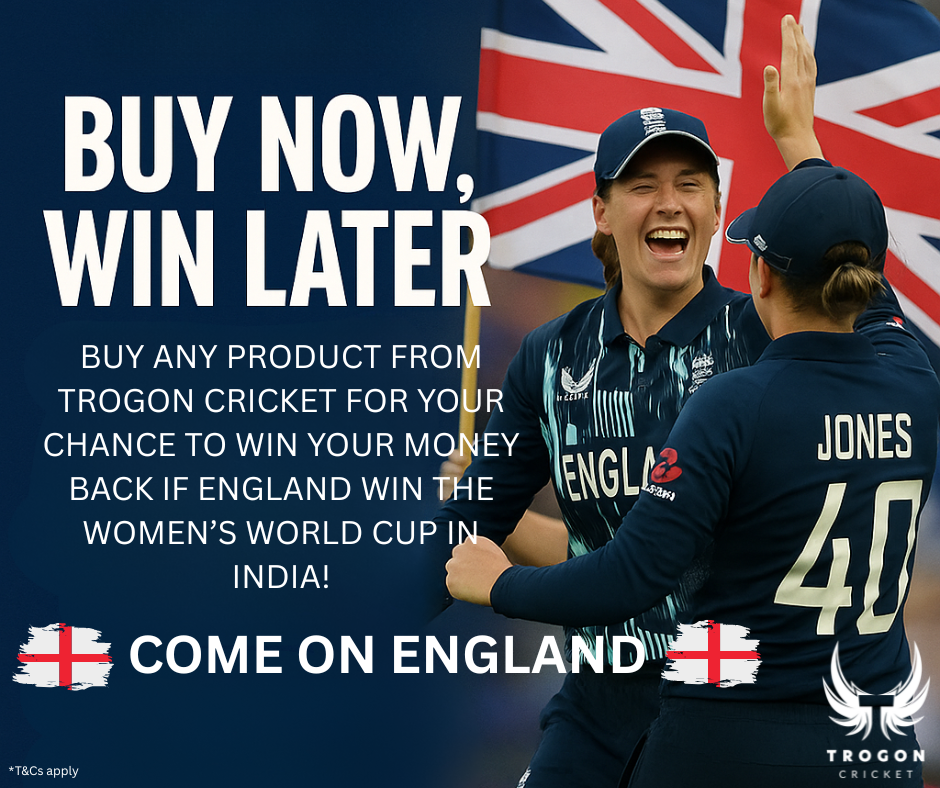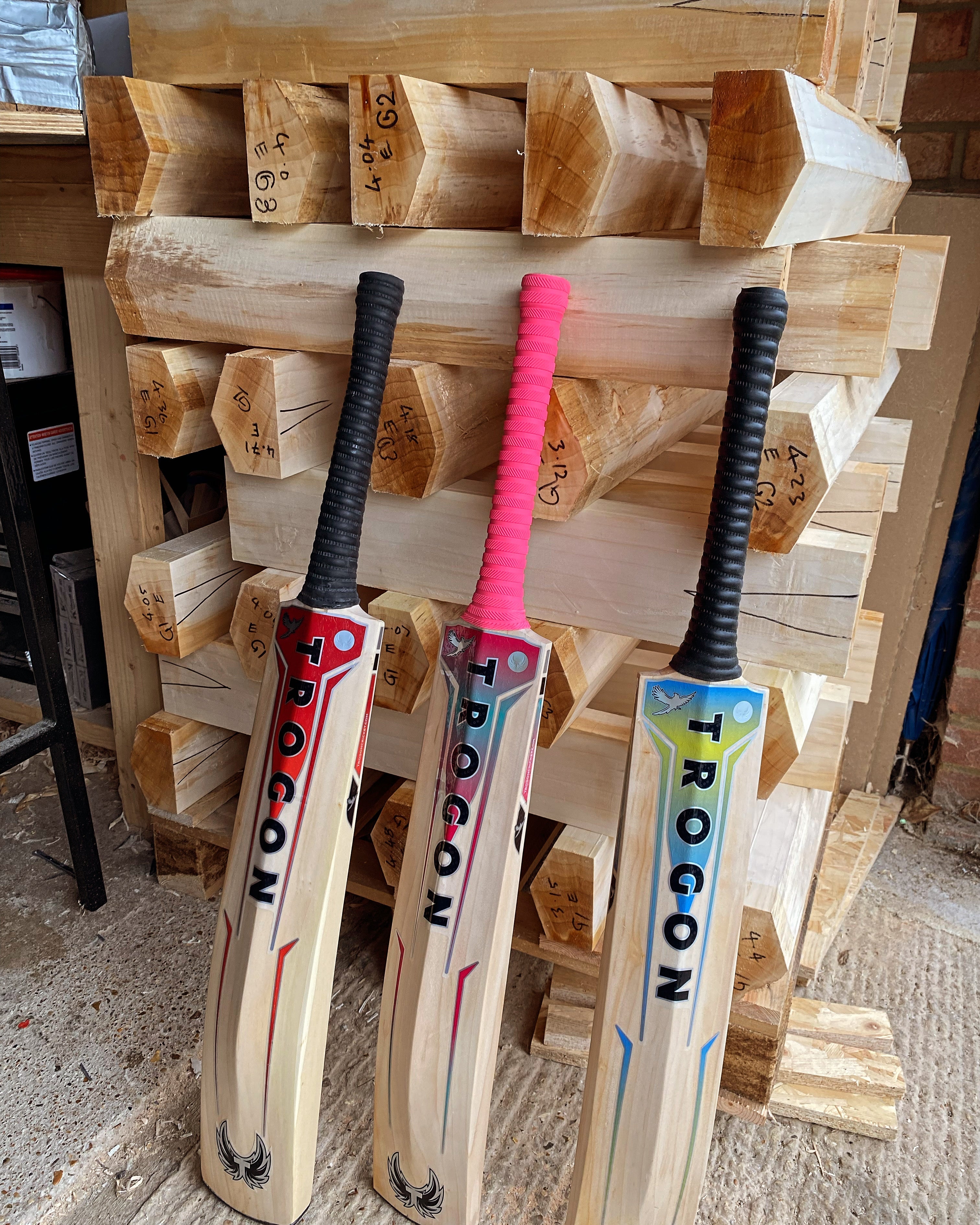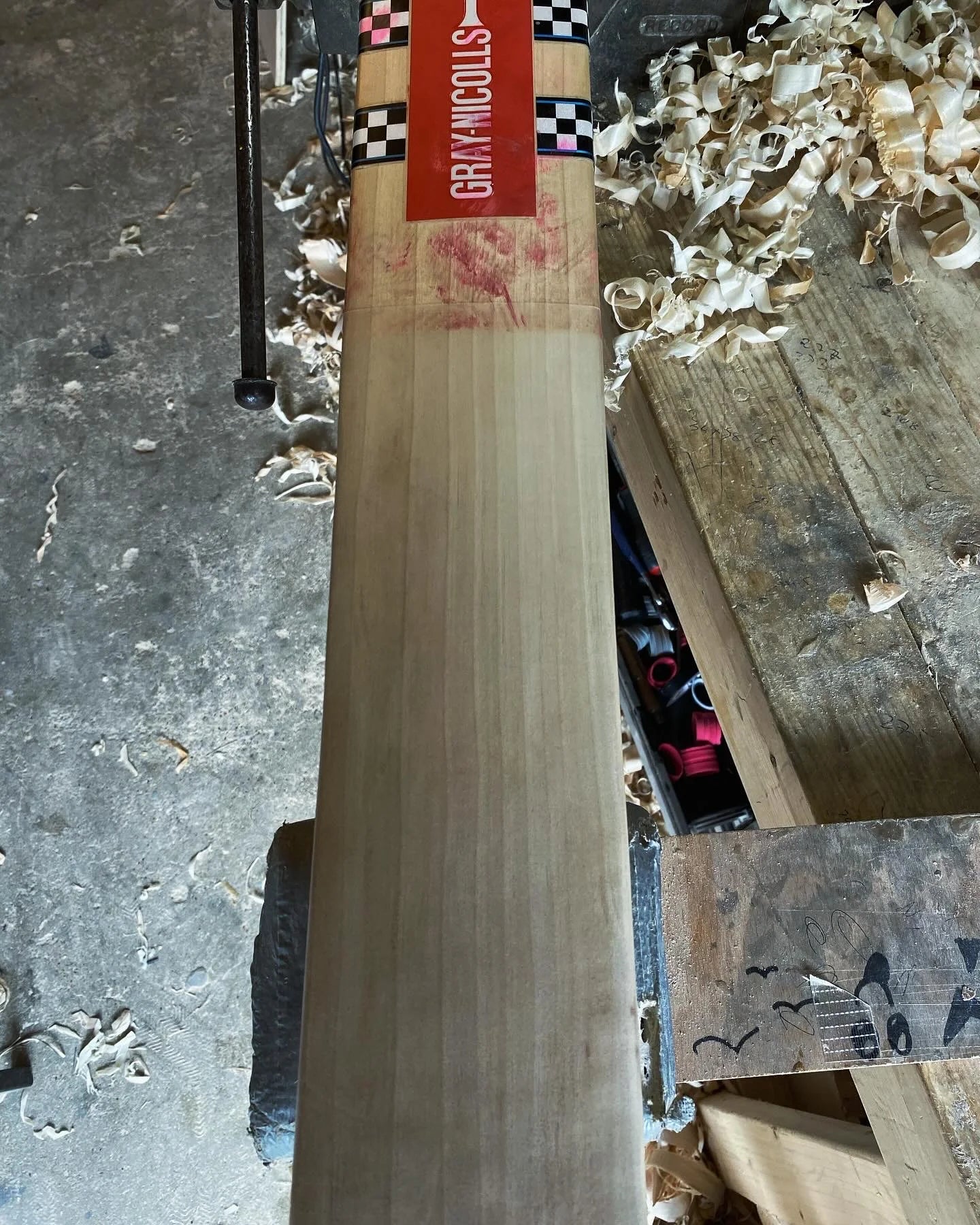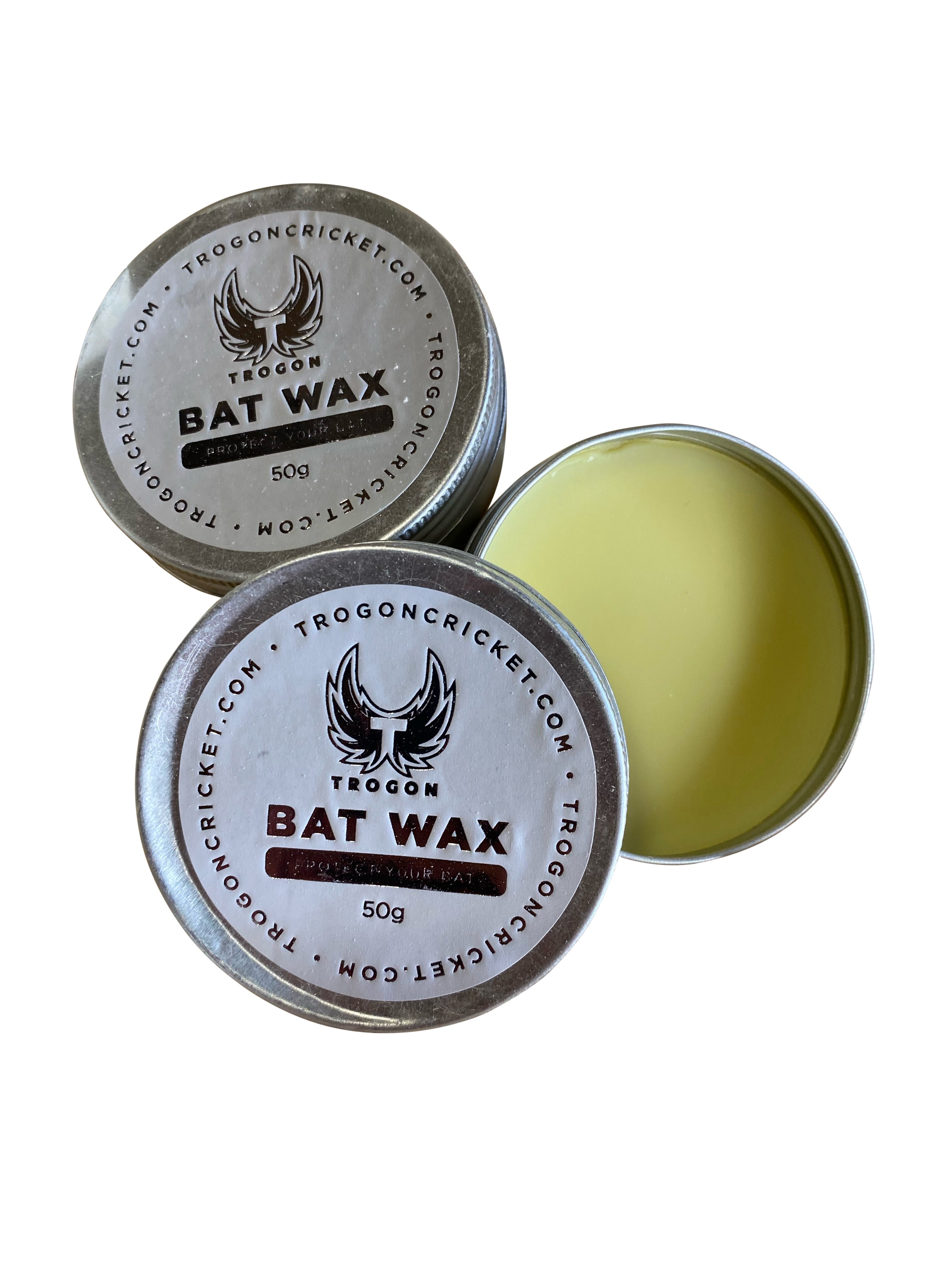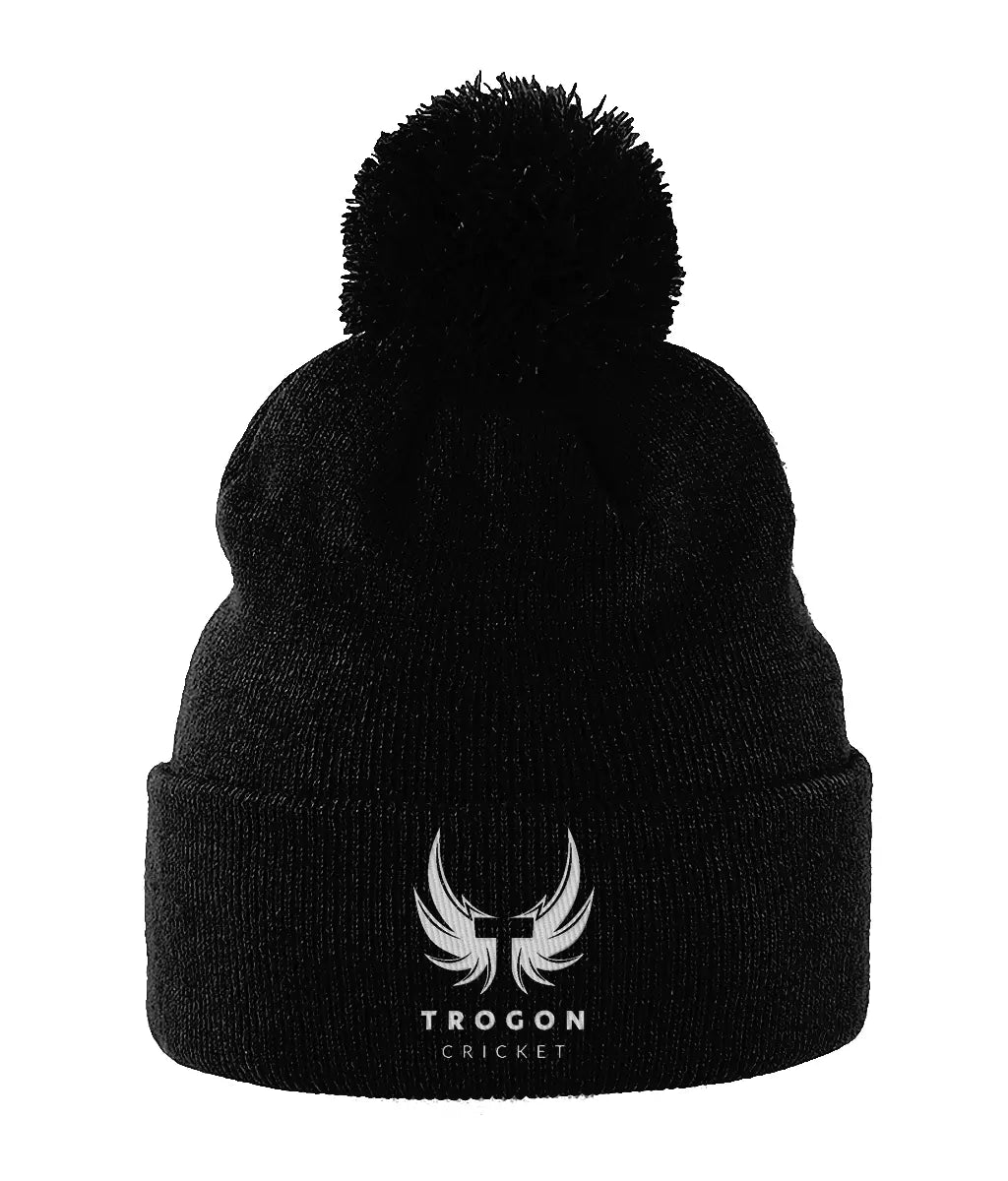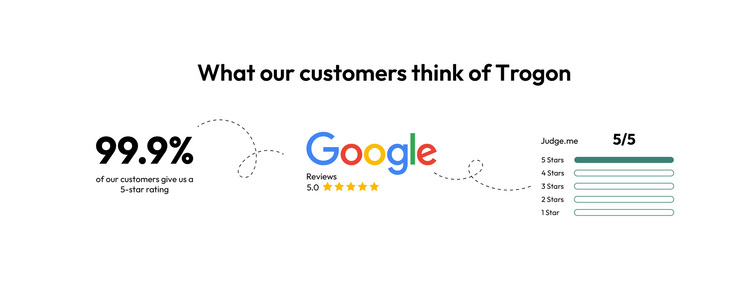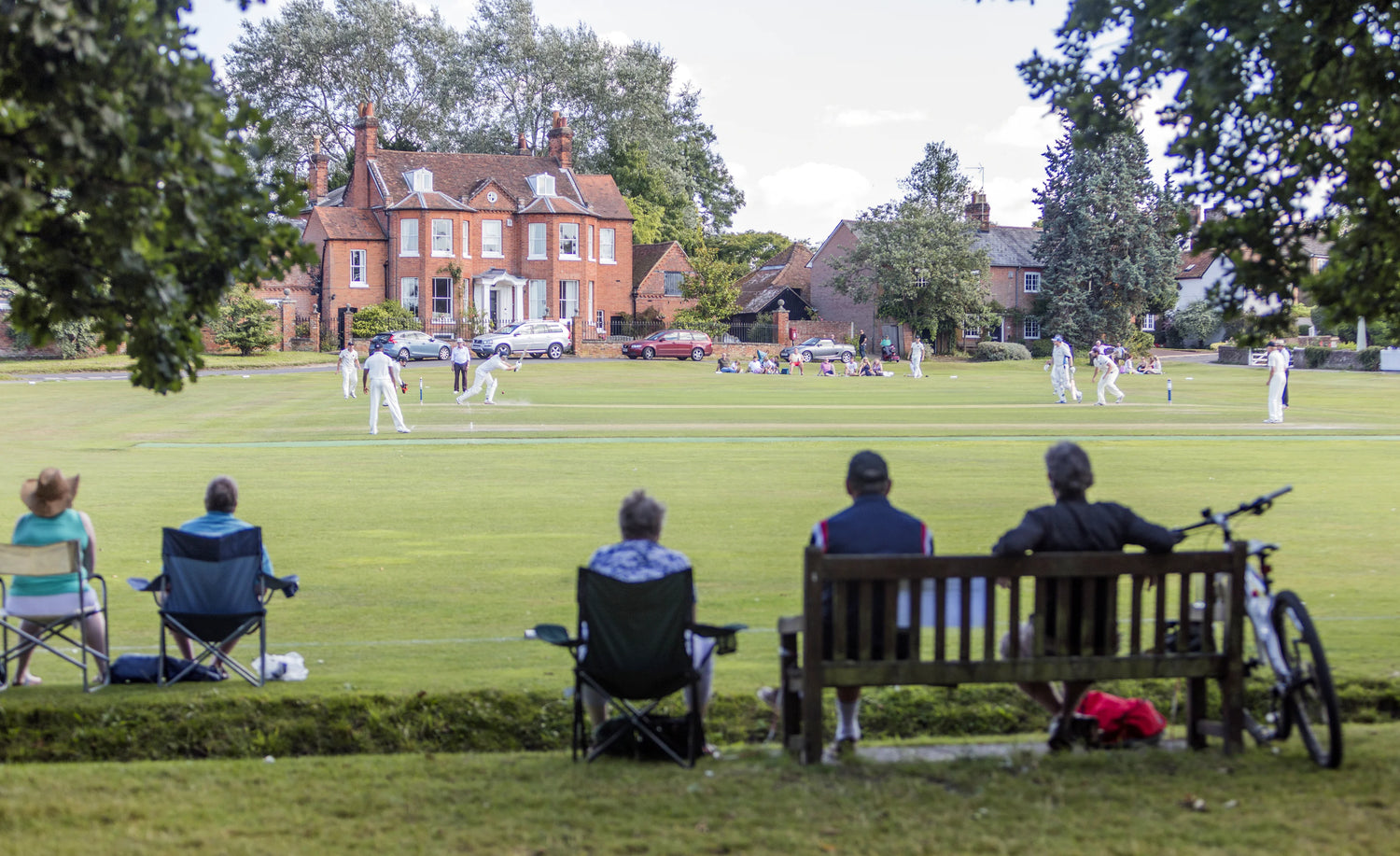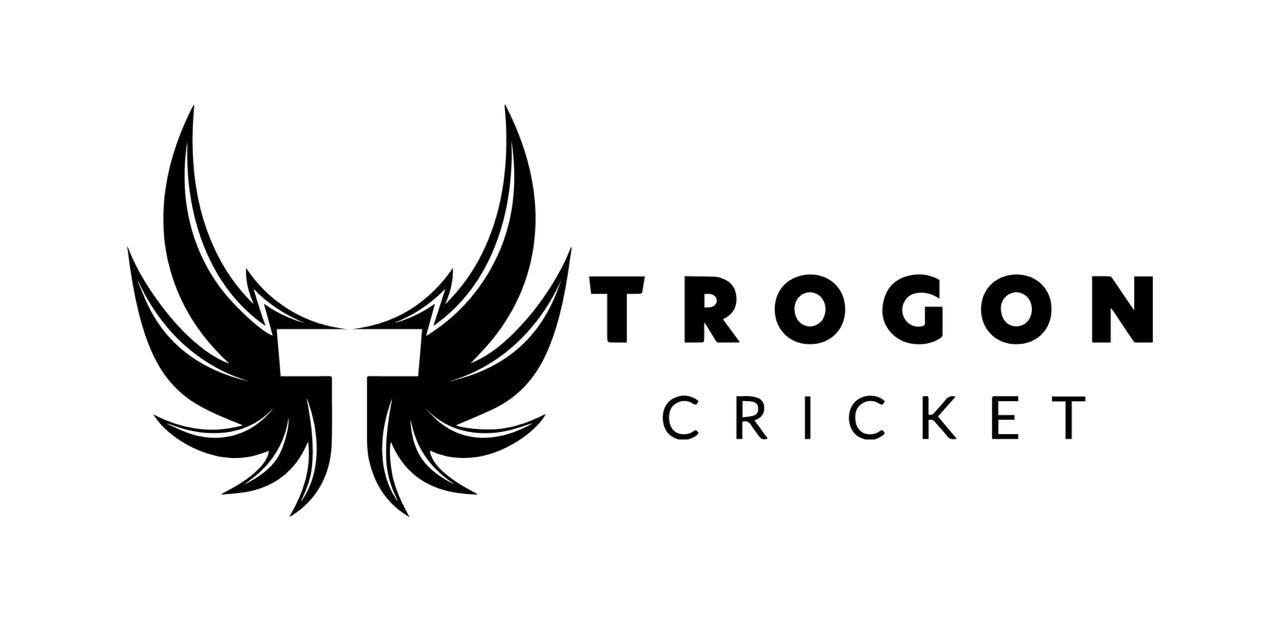In the world of cricket, a cricket bat is more than just a piece of equipment. For some, it’s a tool of power and precision. For others, it’s a priceless piece of history.
Whether you’re a player, collector or fan, the phrase “most expensive cricket bat” evokes images of legendary matches, iconic players, and handcrafted perfection being used in the most iconic stadiums around the world by the world's most iconic batters.
But what exactly makes a cricket bat worth thousands, and in some cases, hundreds of thousands of pounds?
In this post, we explore the craftsmanship, legacy and allure behind the world’s priciest cricket bats.
So, keep reading and get all the nitty-gritty details.
Why Are Some Cricket Bats So Expensive?
Adult size cricket bats come in many shapes and sizes, but at the top end of the market, there are a few features that consistently drive up the price.
Firstly, the quality of the English willow grades used is crucial. The finest bats are made from Grade 1+ English willow, often referred to as players' grade.
This wood is prized for its performance, clean grain structure, and rebound quality, and most importantly, when it comes to bats used by the best of the best, the weight of the bat.
Secondly, the making process matters. Handmade bats, especially those created by master bat makers using traditional tools, carry higher labour and material costs compared to mass-produced bats. The bat's profile, shape, pick-up, and handle all require intricate adjustments and personalisation.
Then comes the brand. Big names like Grey-Nicolls, Kookaburra, and New Balance carry prestige and have often been used by professionals on the international stage, evoking memories of David Warner, Steve Smith, and Jos Buttler, among others. Their limited edition models and custom-made bats for elite players fetch higher prices.
Finally, there’s the story. If a bat has been used in a historic match or by a cricketing legend, its value can skyrocket. These bats are no longer just sporting goods; they’re collectables, steeped in legacy and sought after throughout the cricketing world - can you imagine Brian Lara's bat that he made 375 or 400 with hanging in a cricketing museum!
What Is the Most Expensive Cricket Bat Ever Sold?
The honour goes to Sir Donald Bradman’s 1934 Ashes bat. Used in one of the most memorable series in history, Bradman scored a total of 758 runs, including a triple century at Headingley and 244 at The Oval. He and Bill Ponsford also put together a world-record partnership of 451.
This bat was auctioned for approximately £190,000 in 2021, making it the most expensive cricket bat ever sold. It now resides at the Bradman Museum in Bowral, Australia, and is viewed as a cornerstone of cricket history.
Top 10 Most Expensive Cricket Bats in History
-
Sir Donald Bradman's 1934 Ashes Bat
Sold for around £190,000. The bat was made by William Sykes & Son and used in Bradman’s triple-century innings. -
Brian Lara's 1994 Century Bat
Used during his record-breaking 375-run Test innings. Auctioned for approximately £150,000. -
MS Dhoni's 2011 World Cup Final Bat
Used to hit the winning six, this iconic bat fetched roughly £75,000 at auction. -
Sachin Tendulkar's 2003 World Cup Bat
Sold in 2021 for an estimated £100,000. Crafted from premium English willow. -
Virat Kohli's 2018 Edgbaston Bat
Used for his comeback century against England, it fetched around £75,000. -
Gary Sobers' 1968 Bat
Used to hit six sixes in an over, this bat was valued at roughly £37,000. -
Steve Smith's 2015 Ashes Century Bat
Sold for £60,000. Used during his century at The Oval. -
AB de Villiers' 2015 32-Ball Century Bat
Used in a record-breaking century against the West Indies, auctioned for £45,000. -
Chris Gayle's 2012 T20 World Cup Bat
This Spartan bat raised £40,000 due to its explosive history. -
Kumar Sangakkara's 2014 T20 Final Bat
Fetched about £60,000, used in Sri Lanka’s final victory.
How Much Does Babar Azam’s Bat Cost?
Babar Azam, Pakistan’s modern batting maestro, uses the CA BA 56 King’s English willow cricket bat, a premium model that reflects his elegant yet powerful stroke play all around the ground.
The professional-grade version, hand-selected from the top 1 % of Grade 1+ willow, retails for around PKR 165,000 (about £450 – £500). Limited “players-spec” editions made to Babar’s personal profile often appear in specialist stores at extremely high prices. It’s a fine example of how top-end craftsmanship and player association elevate a bat’s value far beyond its materials.
Are These Bats Still in Use or Just Collectables?
All of these bats are now collectables. They are displayed in museums, owned by private collectors or auctioned to fans and investors. These bats are symbols of cricketing glory, valued not for performance but for the memories and milestones they represent.
Bradman’s bat is enshrined in a museum. Dhoni’s World Cup bat was sold for charity. Sachin’s, Lara’s and Kohli’s bats remain in the hands of collectors. They are no longer functional tools, but timeless keepsakes hanging on a wall somewhere, being used primarily as a conversation starter during lunch or dinner with friends.
What Is the Lifespan of a Cricket Bat?
Even the finest willow needs care. A well-prepared Grade 1 English willow bat typically lasts two to three seasons of regular club cricket if properly knocked in, oiled, and stored in a dry environment; however, this duration depends on the frequency of use during the season.
Big hitters might shorten that lifespan, while occasional users can make a top-end bat last much longer. Regular refurbishment and re-gripping help maintain performance and extend the life of the bat, a service we provide every winter through our Trogon Cricket bat-repair service.
What Makes a Modern Cricket Bat Expensive?
In today’s market, a high-end cricket bat can cost anywhere from £300 to £500, sometimes more. But what contributes to this price?
The starting point is the wood. The very best bats are made from Grade 1+ English willow, which provides better grain structure, rebound and longevity. The weight and balance of the bat, often referred to as its “pick-up,” is another factor. Some players prefer a low middle for driving, while others opt for a mid or high middle for all-around stroke play.
Handle shape matters too. Semi-oval handles are more comfortable for top-hand dominant players, while round handles suit those with bottom-hand strength. A good bat also features large edges and spines for increased performance.
Examples include the Grey Nicolls Classic, praised for its feel and balance, and the SF Incredible 1000, which offers excellent value for money.
A crucial element that is often overlooked is the subjective nature of the feel of a bat. One player’s perfect bat might feel completely wrong in another’s hands. This subjectivity stems from a combination of grip, balance, pick-up and how the bat responds on contact.
Some players prefer a heavier toe, while others opt for a feather-light pick-up. While specifications and price points matter, the real test is how a bat feels when you hold it, swing it and middle a ball with it. That connection is unique to every batter.
Which Is the No. 1 Bat in the World?
There’s no single “best” bat for everyone, but among elite professionals, a few names consistently lead the field. Gray-Nicolls, MRF, Kookaburra, New Balance, and SF Stanford dominate conversations about performance and quality.
MRF’s Genius Grand Edition (used by Virat Kohli), the Gray-Nicolls Classic, and our own Trogon Players Grade range all use hand-selected Grade 1+ English willow, combining power, balance, and pick-up that meet international standards. The right bat is ultimately the one that feels perfect in your hands.
Trogon Cricket is ICC-approved, so look out, you might see a big star using one of our bats soon.
Should You Buy an Expensive Cricket Bat?
It depends on your level, ambition and budget. If you’re a serious club player looking for performance and longevity, investing in a high-grade bat could be worthwhile. Players' grade bats often provide the best ping and control.
However, there’s a difference between collectable bats and premium playing bats. You should not confuse the two. One is for performance, the other for preservation. If you’re in the market to play, make sure the bat fits your size, weight and style, and if you've been lucky enough to spend the money on a collectable bat, please don't use it.
If you're looking for the best value, consider exploring collections of premium, handmade bats. Some models provide near-elite performance without the extravagant cost, and consider checking out our Grade 1 bats.
We take immense pride in making top-quality cricket bats, all made in our West Sussex workshop by hand.
Alternatives for Budget-Conscious Buyers
Not everyone needs to break the bank for a good bat. Grade 2 and Grade 3 English willow bats offer a strong balance between quality and cost. These bats might have slightly more visible blemishes or fewer straight grains, but they still perform well.
Models like the New Balance Heritage 600 and Newbery Kudos G4 are excellent examples. Both have received praise for their build, consistency and pick-up.
Even the SF Incredible 1000, tested by The Cricketer and ranked highly among 22 bats, proves that price isn't always the ultimate marker of quality.
Which Bats Are Used in the IPL?
In the Indian Premier League, equipment sponsorships showcase the world’s most desirable cricket bats. With an audience in the hundreds of millions, it's a great way to showcase your brand.
Virat Kohli’s MRF Genius, Rohit Sharma’s CEAT, Jos Buttler’s Kookaburra Kahuna, and Shubman Gill’s SS Ton models are among the most recognised. Many of these are custom-made “players-grade” bats, each tailored to the individual’s preferred weight, balance, and middle profile.
Their visibility on the IPL stage fuels global demand. It highlights how professional-level design translates into retail models for aspiring cricketers everywhere, a trend that is evident in all sports shops across the country.
Final Thoughts: The Value of Legacy, Craft and Performance
The most expensive cricket bats in the world are not just about willow and weight. They represent moments, careers and emotions. Whether you admire Bradman’s dominance, Dhoni’s finishing flair or Kohli’s determination, these bats are more than tools. They are symbols of cricket’s greatest stories.
That said, performance still matters. You don’t need to spend thousands to enjoy the game. But if you’re passionate, curious, or just in search of a bat that feels special, the top-end market offers something extraordinary.
Playing Our Part in Your Cricket Story
We know that cricket is more than just a game; it’s a passion, a community, and a lifetime of memories. That’s why every Trogon bat is made with care, dedication, and pride. We see our role as more than just bat makers; we’re part of your cricket journey.
From the first knock in the nets to the biggest innings of your career, we want to be there with you.
Choosing Trogon means choosing a bat made with honesty, integrity, and the same love for the game that you carry to the crease.
